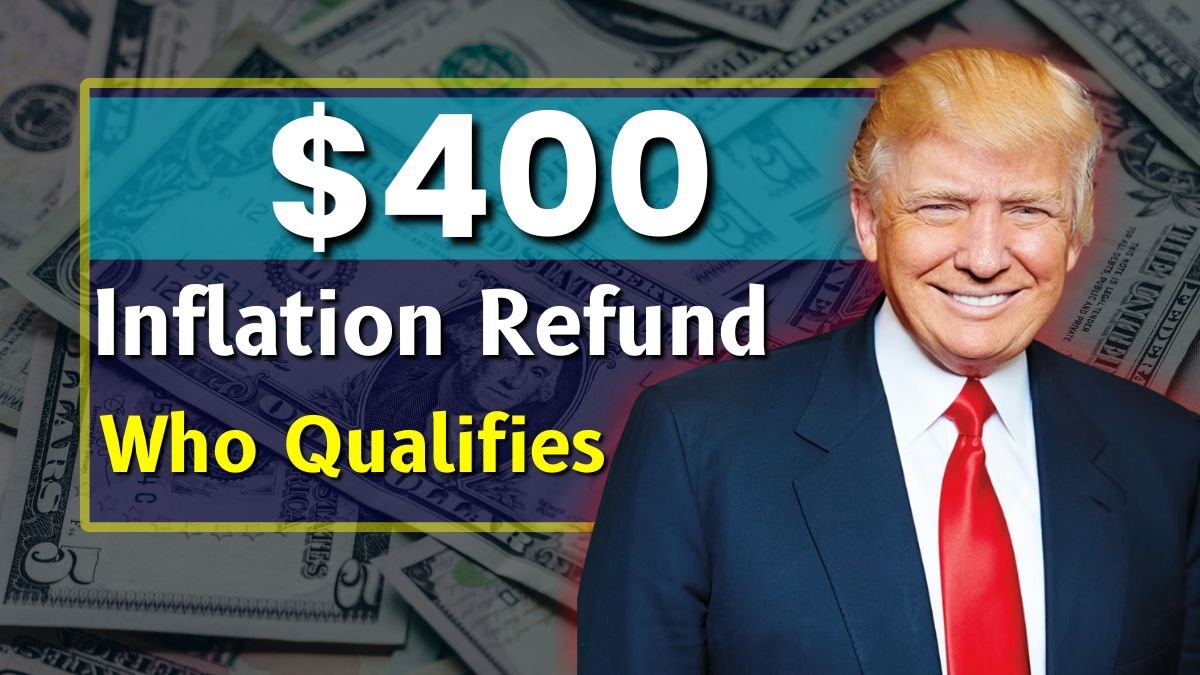If the rising cost of living has left you wondering when relief is coming—New York State may finally have some good news.
A one-time inflation refund check has been officially announced as part of the state’s Fiscal Year 2026 Budget, aiming to return part of the sales tax surplus collected during recent inflationary spikes. This isn’t a future promise or speculation—the refund has been confirmed by the New York State Department of Taxation and Finance, and the checks are on their way later this year.
Why This Refund Is Happening
Over the past few years, inflation has pushed up the prices of everything—from groceries to gas. As a result, sales tax revenues went up, too, even though residents were spending the same or less in real terms.
New York’s refund program is designed to give some of that extra revenue back to the people, especially middle- and lower-income households that have been hit hardest by rising costs.
This refund is not recurring. It’s a one-time payment—but for many households, even a few hundred dollars can provide a bit of much-needed breathing room.
Who’s Eligible for the $400 Inflation Refund?
If you filed a New York State resident income tax return (Form IT-201) for the year 2023, and you weren’t claimed as someone else’s dependent, you could be eligible. There’s no separate application required—the payment will be issued automatically if you meet the criteria.
Here’s how the refund breaks down by income and filing status:
Income-Based Refund Chart (2023 Filings)
| Filing Status | Adjusted Gross Income (AGI) | Refund Amount |
|---|---|---|
| Single / Head of Household | Up to $75,000 | $200 |
| $75,001 – $150,000 | $150 | |
| Married Filing Jointly | Up to $150,000 | $400 |
| $150,001 – $300,000 | $300 | |
| Married Filing Separately | Up to $75,000 | $200 |
| $75,001 – $150,000 | $150 | |
| Qualified Surviving Spouse | Up to $150,000 | $400 |
| $150,001 – $300,000 | $300 |
The maximum benefit of $400 is reserved for married couples filing jointly and qualified surviving spouses who earned up to $150,000 in AGI. Lower amounts are distributed to others based on a sliding scale.
When Will the Checks Arrive?
The refund will be issued by the New York State Department of Taxation and Finance through physical checks—not direct deposit.
Delivery Timeline:
- First mailings begin: Mid-October 2025
- Final mailings complete by: End of November 2025
Checks will be mailed to the last known address on your 2023 NY state tax return. If you’ve moved recently, it’s important to update your address with the state as soon as possible.
What You Need to Do
Even though the payment is automatic, there are still a few important steps you should take to ensure you don’t miss out:
Resident Checklist:
- ✔️ Check your 2023 tax filing — did you use Form IT-201 and file as a full-year resident?
- ✔️ Verify your current mailing address with the Department of Taxation and Finance
- ✔️ Avoid submitting a separate application — that’s not necessary and could delay your check
- ✔️ Keep an eye on your mailbox during October and November
Additional Relief Programs in the Budget
This refund is part of a broader economic relief package introduced in the same budget. Here are some other measures working alongside the $400 refund:
| Relief Program | Highlights |
|---|---|
| Expanded Child Tax Credit | Boosted support for families with children under age 4 |
| Free School Meals Program | Universal school meals for public school students |
| Middle-Income Tax Reductions | Gradual phase-in starting FY2026 |
| Senior Property Tax Relief | Enhanced STAR eligibility + automatic renewal options |
Together, these efforts aim to support working-class and middle-income families through a mix of immediate aid and long-term tax strategy.
The Bigger Picture: Why This Refund Matters
Let’s be honest—$200 to $400 won’t fix inflation. But that’s not really the point.
What this refund does represent is a responsive move by the state to give something back when revenues exceed projections. Instead of absorbing the extra tax income into government operations, New York is reinvesting it directly into household budgets—a move that could help 8.2 million residents.
Helpful Link:
NY Department of Taxation and Finance – Official Website


